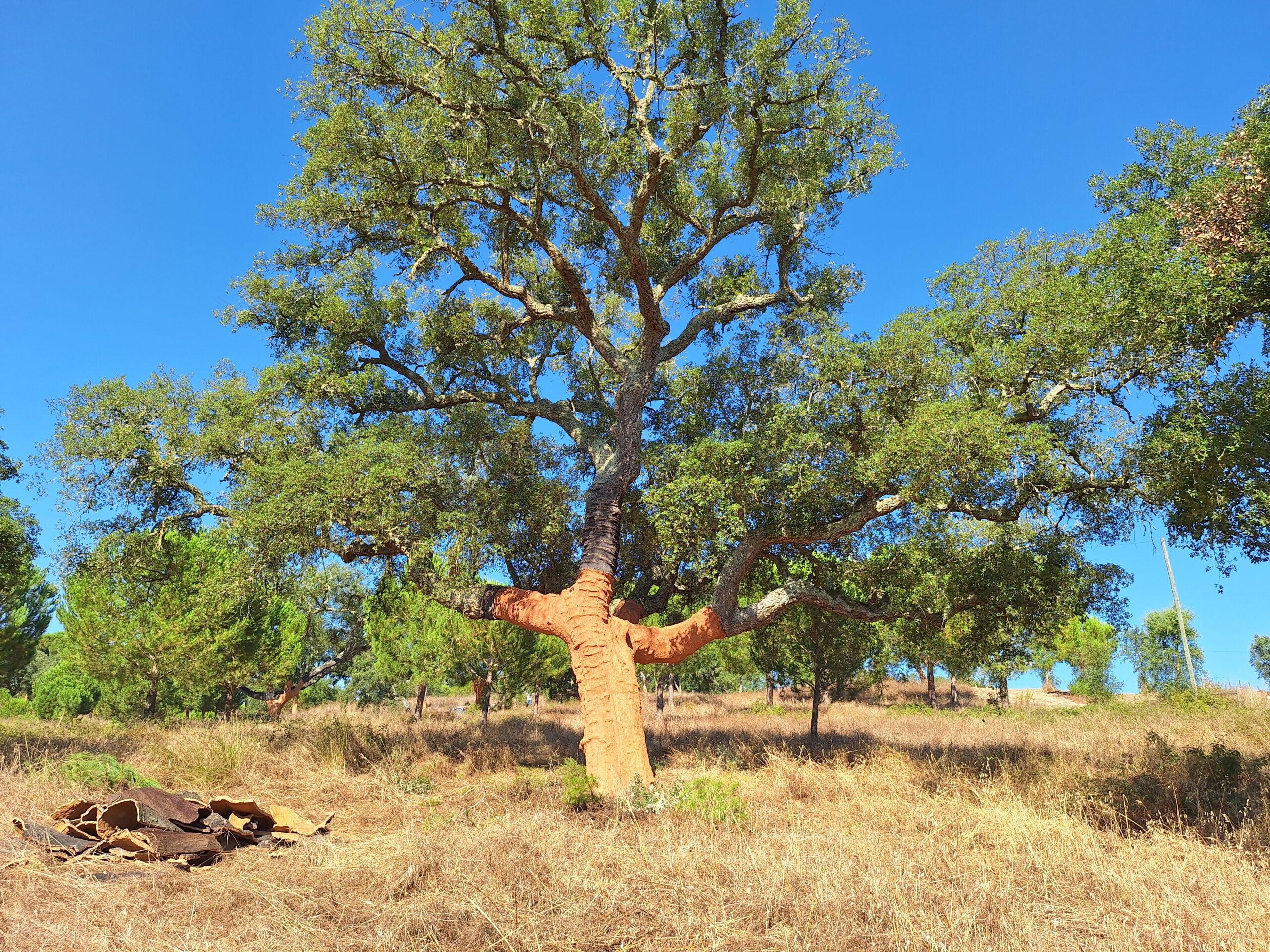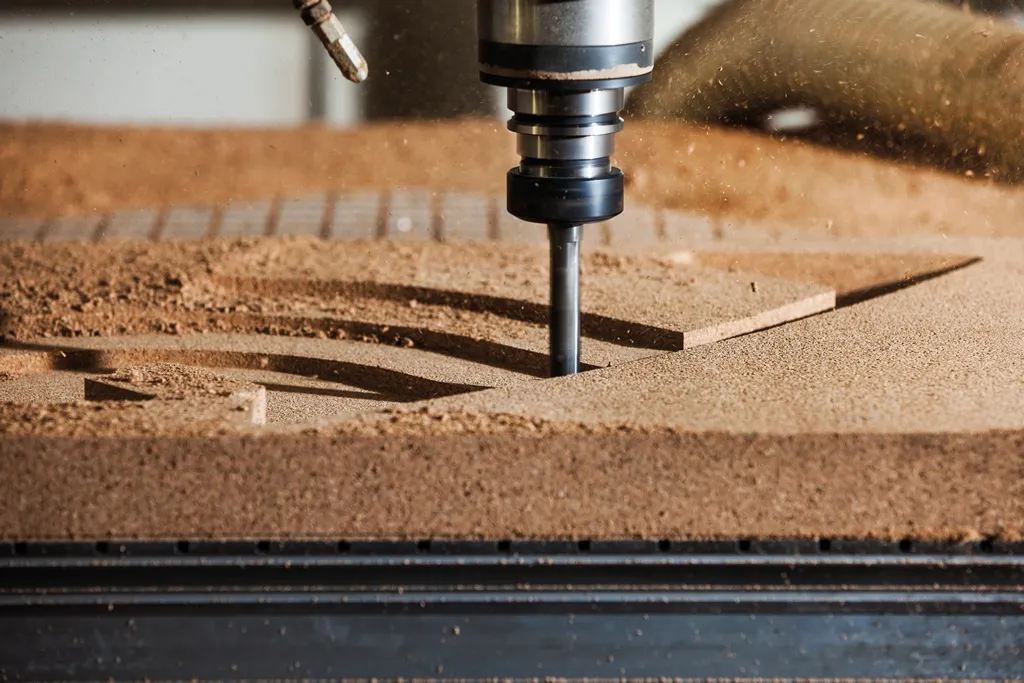Cork is a remarkable material with a wide array of uses, but once its initial purpose is fulfilled, what happens next? With growing environmental concerns and a push toward sustainability, recycling cork has become an essential practice. Let’s explore the journey of recycled cork and the various ways it contributes to a more sustainable world.
The Recycling Process
- Collection and Sorting The recycling process begins with the collection of used cork products, such as wine corks, cork flooring, and other cork-based items. These are then sorted to remove any contaminants or non-cork materials. The sorting process ensures that only clean, pure cork is processed, which is crucial for maintaining quality in the recycled products.
- Cleaning and Shredding Once sorted, the cork is cleaned to remove any residual adhesives or dirt. After cleaning, the cork is shredded into smaller pieces. This shredding process increases the surface area of the cork, making it easier to work with in subsequent stages.
- Processing into New Products The shredded cork can be processed in several ways depending on its intended use:
- Agglomeration: Shredded cork is often compressed and bonded together to create agglomerated cork, which can be used in products like cork flooring, insulation panels, and even sports equipment.
- Powdered Cork: In some cases, cork is ground into a fine powder, which can be used in various industrial applications or as a filler in other materials.
Applications of Recycled Cork
- Construction and Insulation Recycled cork is highly valued in the construction industry for its excellent insulating properties. It is used in the production of insulation panels and soundproofing materials, helping to improve energy efficiency and reduce noise pollution.
- Flooring and Furniture Recycled cork is a popular choice for eco-friendly flooring and furniture. Cork flooring is durable, comfortable, and has natural anti-microbial properties. Similarly, recycled cork is used in making stylish and sustainable furniture pieces.
- Consumer Goods From fashion accessories like handbags and shoes to various household items, recycled cork is increasingly used in consumer goods. Its unique texture and durability make it a desirable material for innovative and sustainable products.
- Industrial Uses Cork’s unique properties, such as being lightweight and resistant to moisture, make it suitable for industrial applications. It is used in gaskets, seals, and even aerospace components.
Environmental and Economic Benefits
- Reduction of Waste By recycling cork, we keep it out of landfills where it would take years to decompose. This reduces the overall volume of waste and minimizes the environmental impact associated with waste disposal.
- Conservation of Natural Resources Recycling cork reduces the need for new cork, which helps conserve cork oak forests. These forests are crucial for biodiversity and carbon sequestration, making their preservation vital for environmental health.
- Economic Opportunities The recycling process creates jobs and supports local economies. It also provides businesses with a cost-effective source of raw material, contributing to a circular economy where materials are reused and recycled.
- Sustainability Cork is a renewable resource, and recycling it further enhances its sustainability. The process aligns with the principles of a circular economy, where materials are kept in use for as long as possible.
Conclusion
Recycling cork plays a significant role in promoting environmental sustainability and reducing waste. From its initial collection to its transformation into new products, recycled cork demonstrates how a simple material can have a profound impact on various industries and the environment. By supporting cork recycling initiatives, we contribute to a more sustainable future, where resources are conserved, and waste is minimized. So next time you encounter a cork product, remember that its journey doesn’t end with its first use—it’s just the beginning of a new chapter in sustainability.
Do you have more questions? Fancy joining our ecosystem of sustainable businesses who celebrate cork and save tons of CO2 by collecting cork stoppers for recycling and repurposing? Email us at info{at}corkcycle{dot}org or check our website here.
*the photo used in this blogpost is property of Amorim Cork Composites.

